The department of “Le Loiret” owes its name to the river that flows through it. Its waters come from the Loire, it is only 12km long and is located south of Orléans.
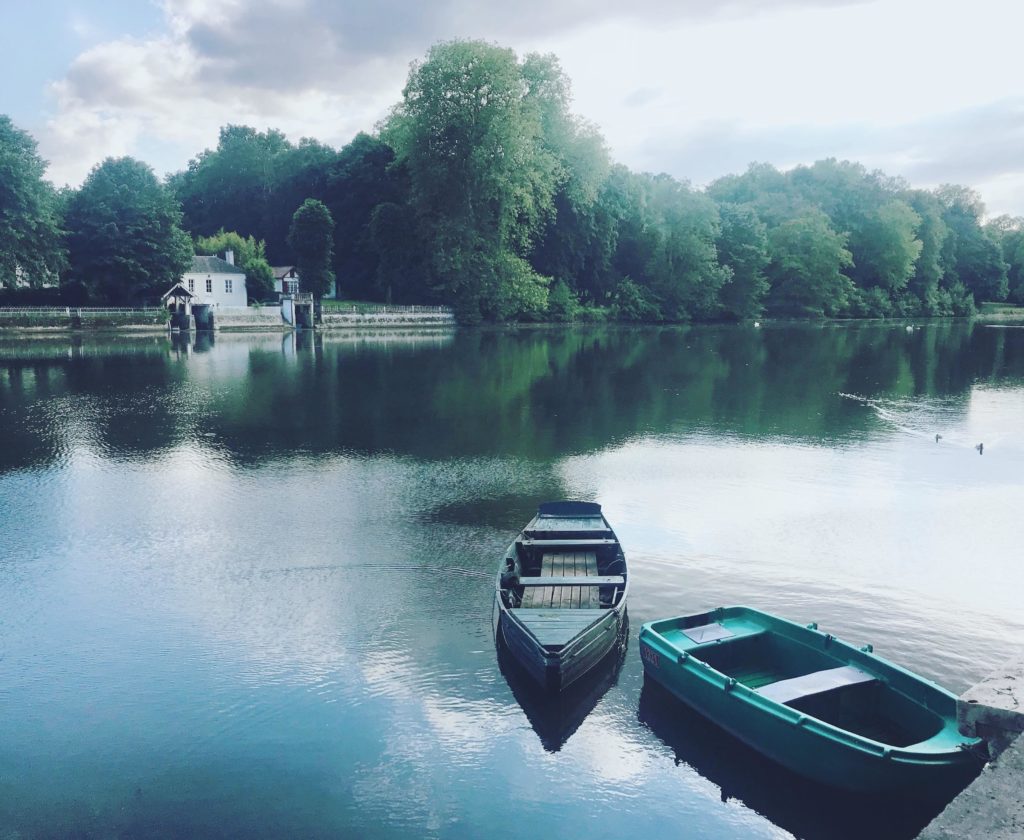
The Loiret is known for being a picturesque river thanks to the windmills on its banks and the little boats that travel along it. It is also ideal for hiking as it is very green and peaceful.
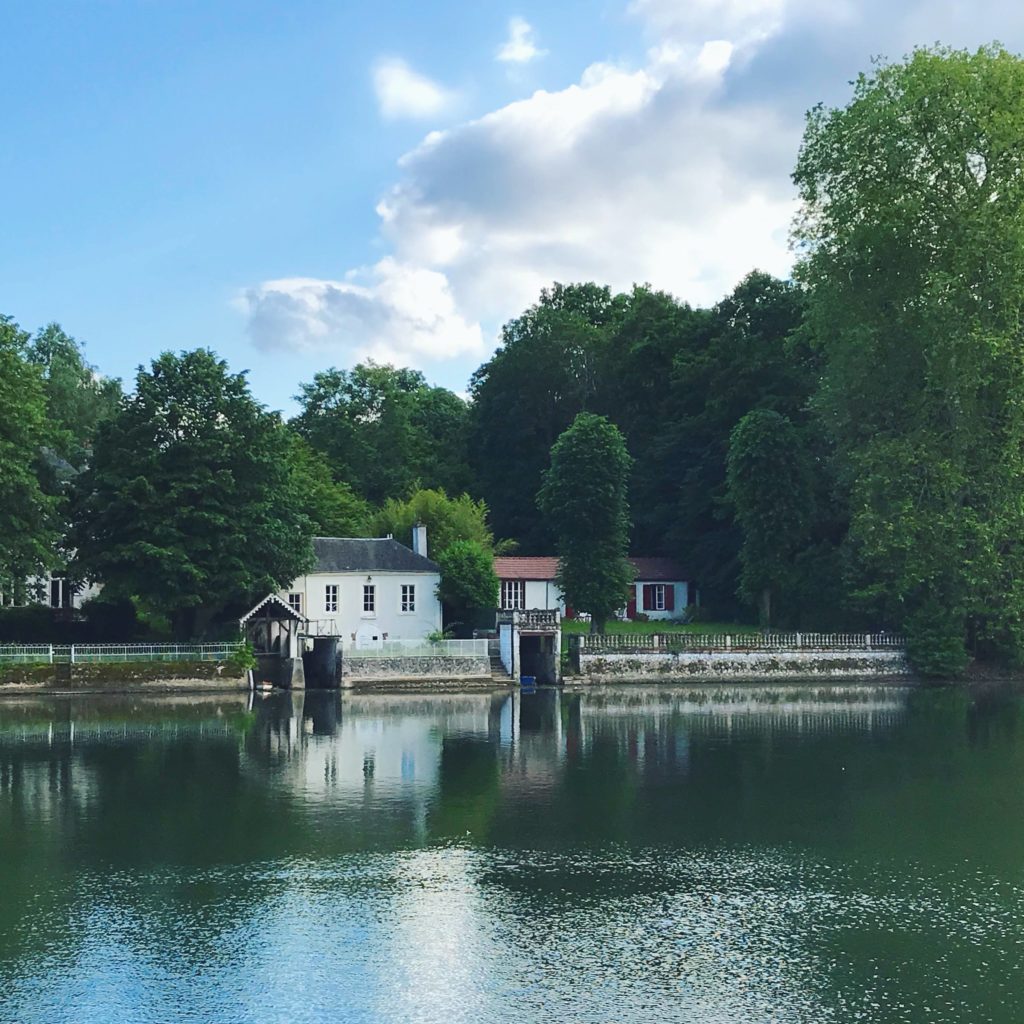
The main town of “Le Loiret” is Orléans. It was already known in ancient times as Cenabum and represented the centre of the Celtic tribe of “the Canutes”. At that time, Orléans occupied a strategic position as it was on the route linking the South with Paris.

In the Middle Ages the city became the capital of the reign of Charles the Bald, who was consecrated in the Cathedral of Orléans itself.
The University of Orléans was founded in 1306, making it one of the oldest universities in Europe.
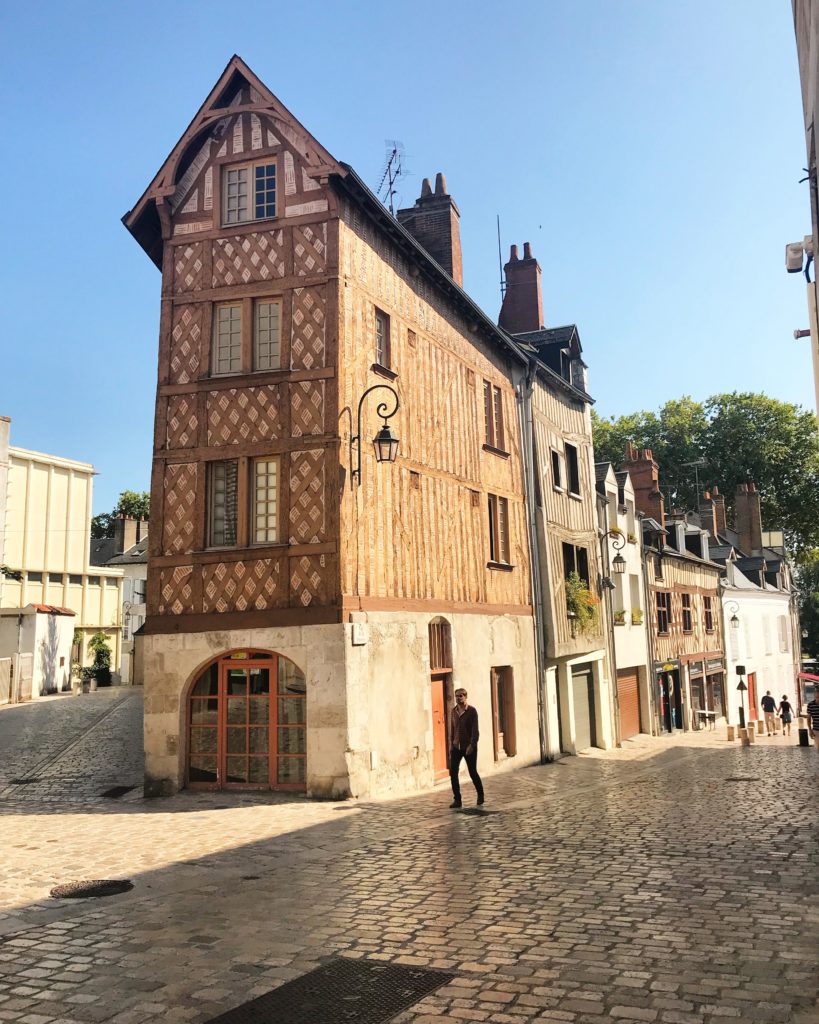
Orléans 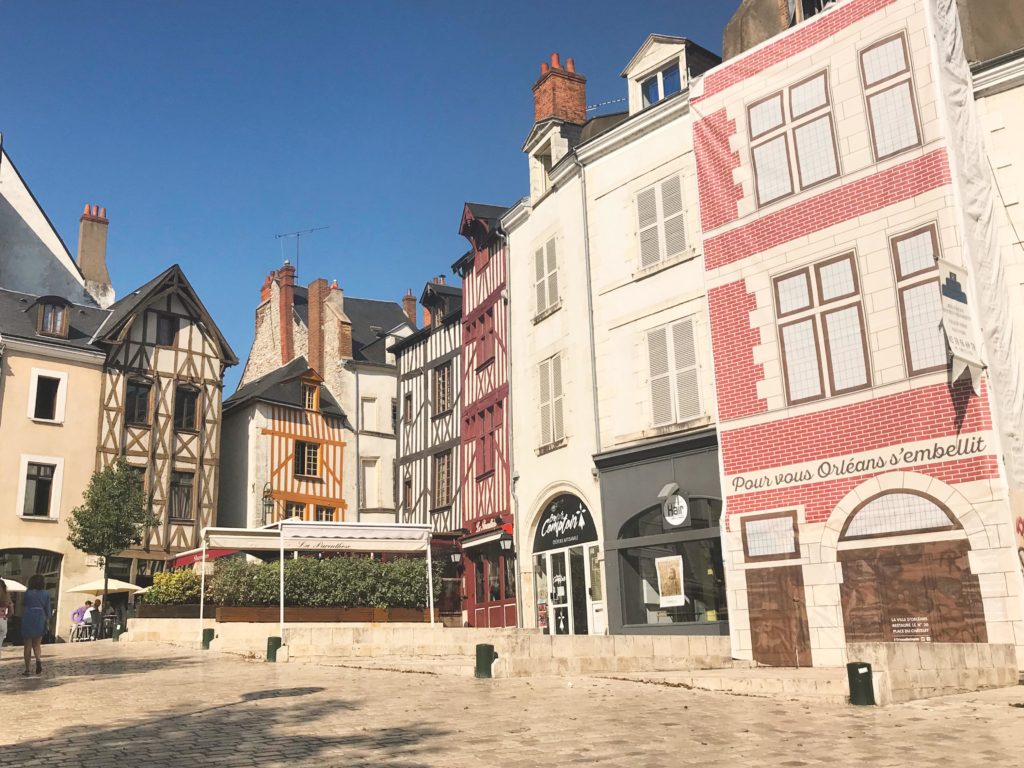
Orléans
Orléans played a key role during the Hundred Years’ War. It was during this period that the character of Joan of Arc emerged, who was to become a great symbol for the history of the city and the whole of France. You can visit the house where she was housed, known as the “Maison de Jeanne d’Arc”. It is a reconstruction of the house of Jacques Boucher, treasurer-general of the Duke of Orleans, who sheltered Joan of Arc from 29 April to 9 May 1429 during the siege of the city against the English.
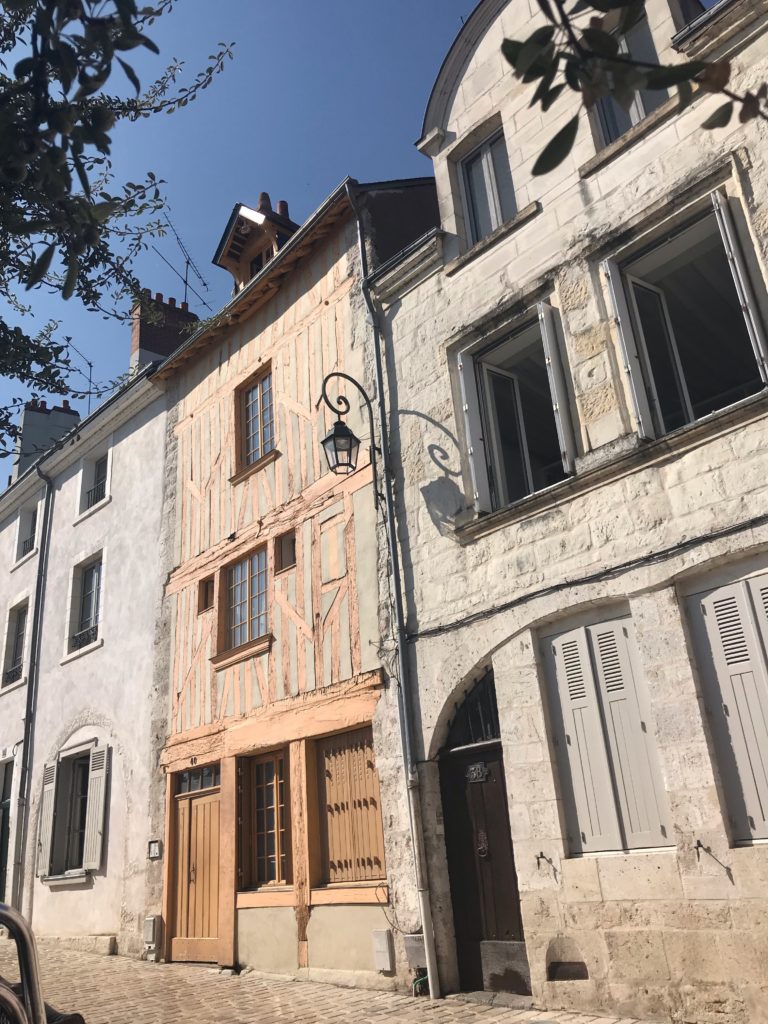
From the 15th century onwards, several French kings built their castles on the banks of the river Loire, which marked the history of the city during the Renaissance and also the landscape.
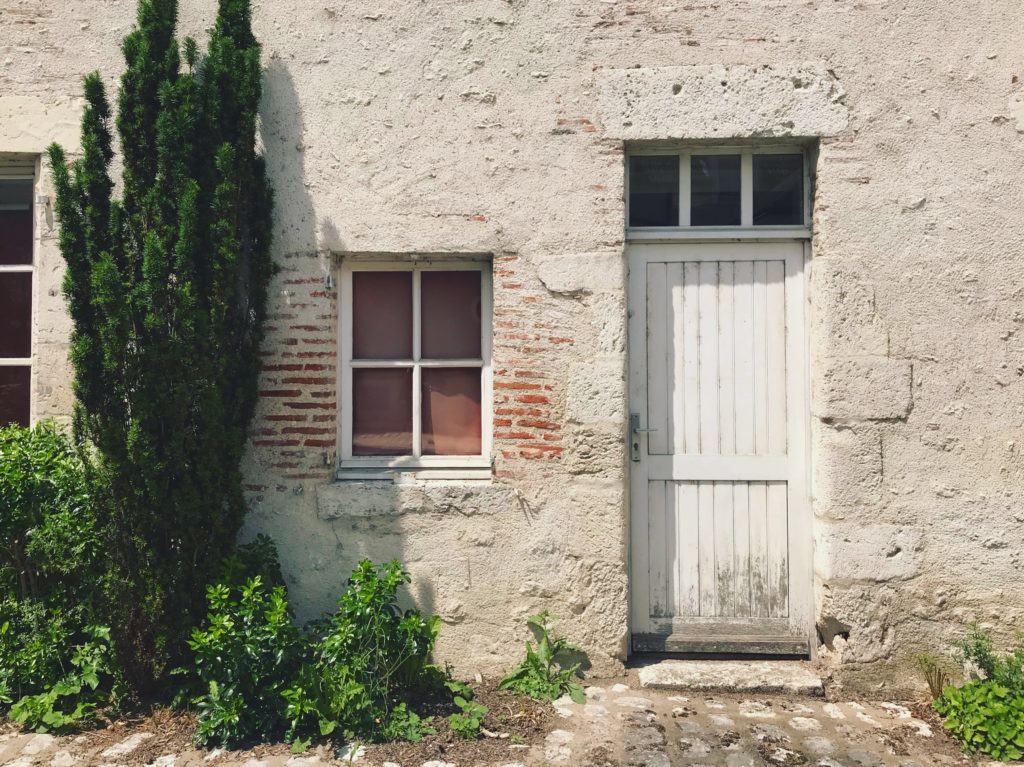
The castle pictured below is located south of Orléans, in the village of Meung sur Loire. Its construction began in 1204 and it later became a bishop’s palace. During the Hundred Years’ War, the castle became an English fortress but was reclaimed again in 1429 during the Battle of Meung sur Loire. This was thanks to the victory of Joan of Arc and Duke John II of Alençon.
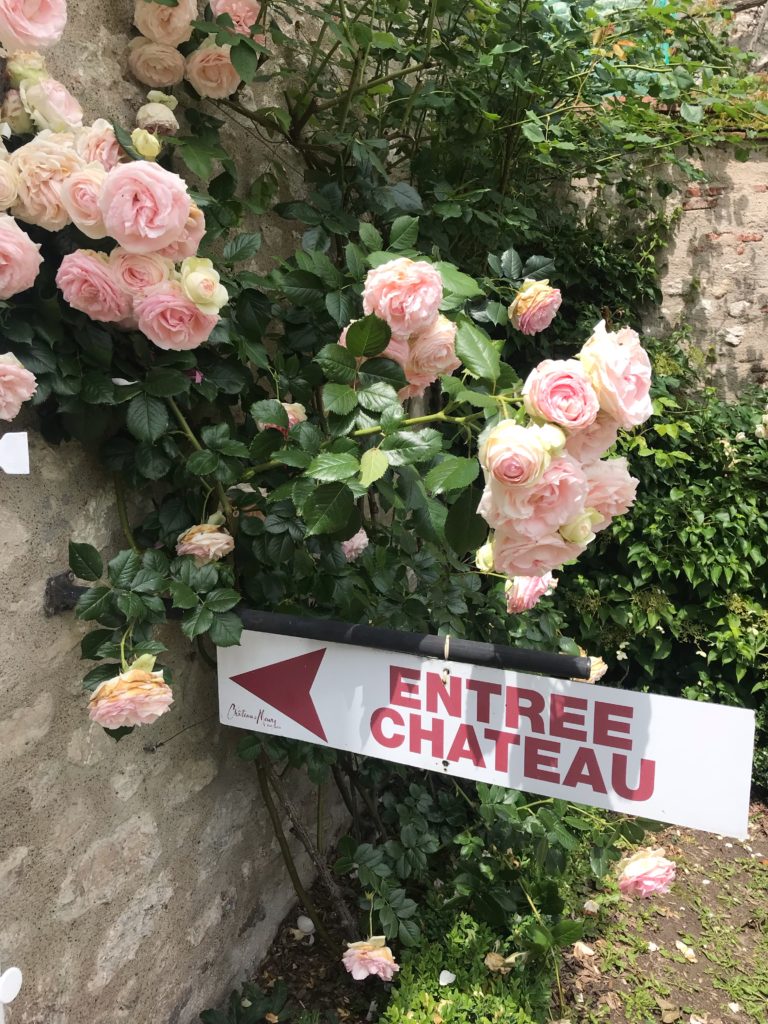
Chateau de Meung sur Loire 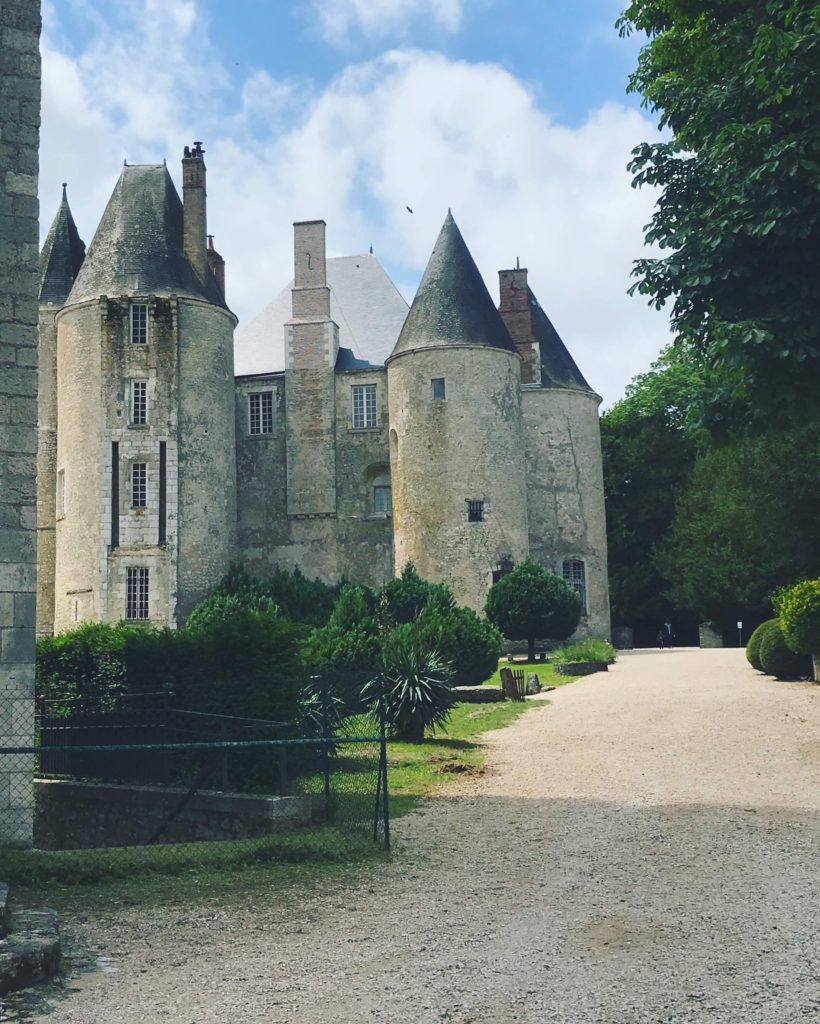
Chateau de Meung sur Loire
History of Orléans
I am going to tell the story of Joan of Arc because I love this character. Known as the Maid of Orleans, Joan was a peasant and illiterate. It is thought that the letters she left us were not written and signed by her, but that she needed the help of scribes who wrote down on paper what she dictated to.
Her first vision was in 1425 when she was only 13 years old. Joan was in her father’s garden and the Archangel Michael, Saint Margaret and Catherine of Alexandria appeared to her. All three announced to her that she must expel the English, bring the dauphin (Charles VII) to Rheims to be crowned king and free France from English domination.
Charles VII, before being crowned, sent Joan to the Siege of Orleans with an army and it was there that she gained great fame because the siege was lifted in only nine days. In addition to this battle, Joan won several others, which enabled Charles VII to be crowned King of France in a short time. This encouraged and facilitated France to emerge victorious against the English after the long Hundred Years’ War.
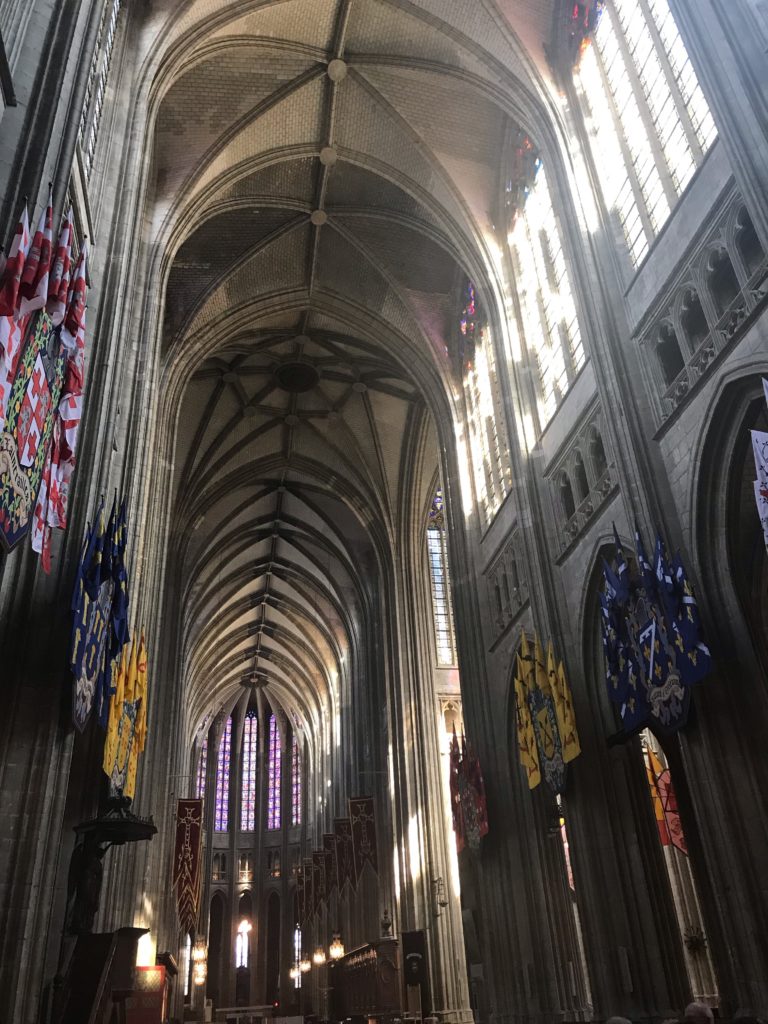
On 23 May 1430 she was captured by a group of French nobles allied with the English known as the “Burgundian State”. She was handed over to the English and put on trial by Bishop Pierre Cauchon. She was found guilty and burned in Rouen on 30 May 1431 (when she was about 19 years old).
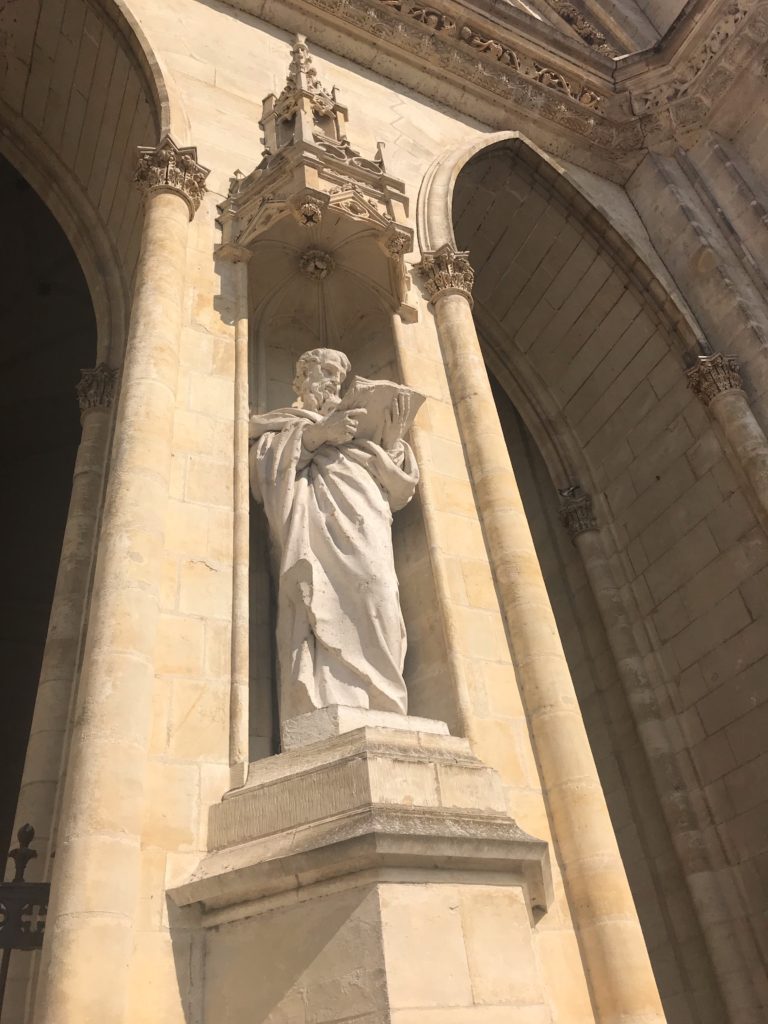
Orléans Cathedral 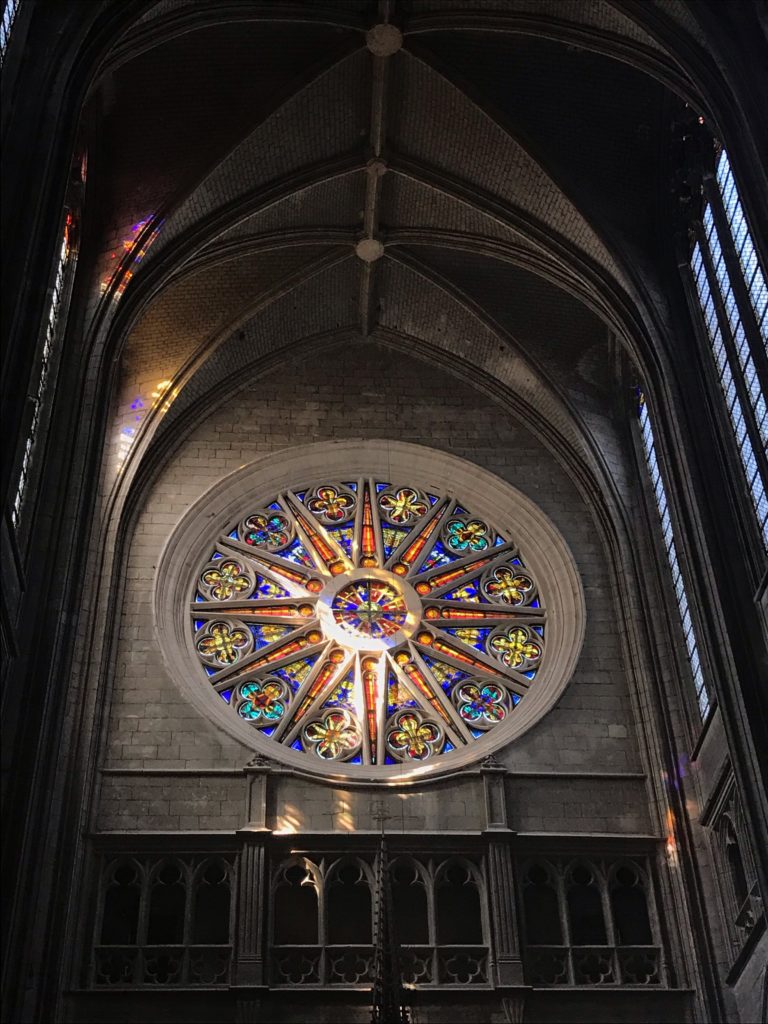
Orléans Cathedral
In 1456 a court examined her trial, quashed the charges against her and declared her innocent. Joan of Arc was thus named a martyr and in the 16th century became a symbol of the political movement of the Holy League. Napoleon Bonaparte declared her a national symbol of France and between 1909-1920 she was beatified and canonised.
Gastronomy of Le Loiret
The Loiret is the main producer of asparagus and beetroot in France. In one of its villages there is even an “Asparagus Fair” known as “Foire aux Asperges de Tigy”. “L’Andouille de Jargeau” is a typical dish based on a mixture of tripe and minced pork and served with mashed potatoes. There are also the local cheeses : “Le Cendré d’Olivet” or the “Crottin de Chavignol”.
The honey “Miel du Gâtinais” seems to be a delicacy and is also known as a kind of quince that has been prepared in Orléans since the end of the Middle Ages.
I recommend the restaurant “Le Rivage” on the banks of the Loiret river in Olivet, south of Orléans.
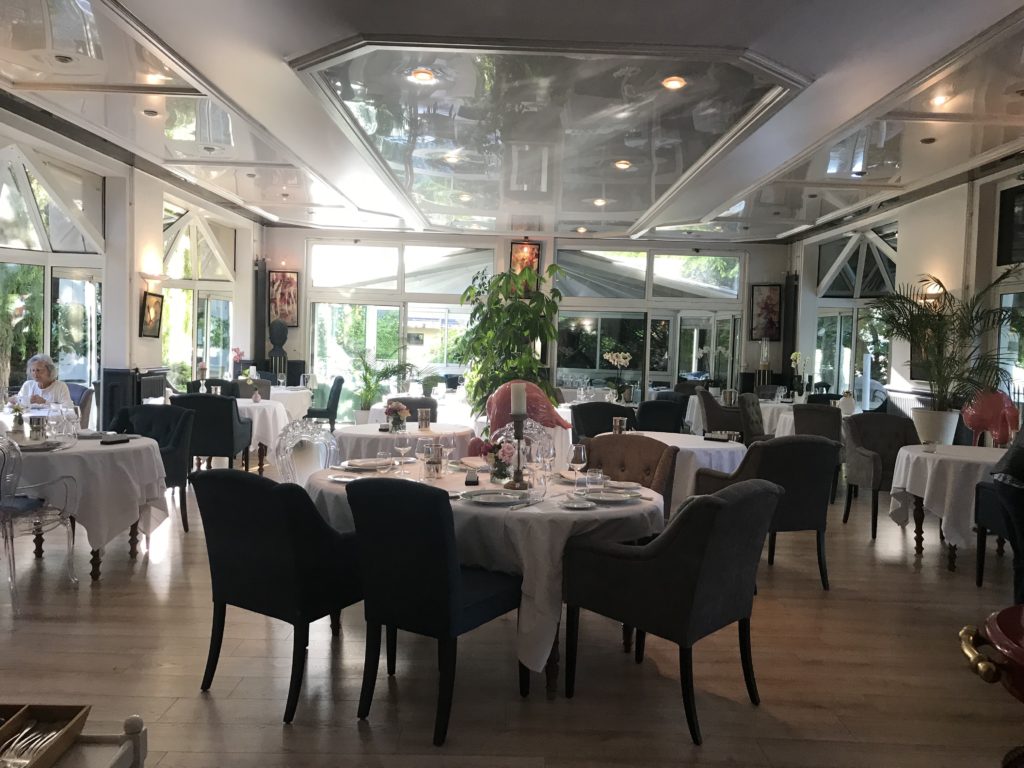
Other addresses
- There is a beautiful place next to the “Hôtel Le Rivage” on the banks of the Loiret called “Château de la Fontaine” in Olivet.
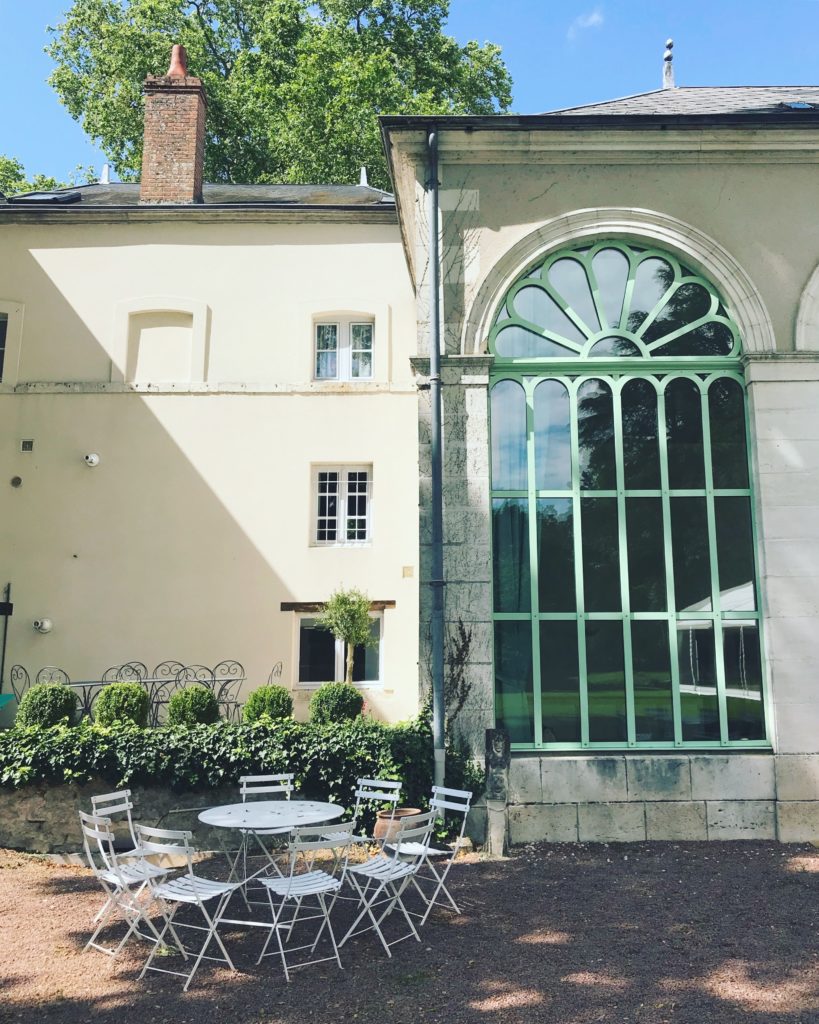
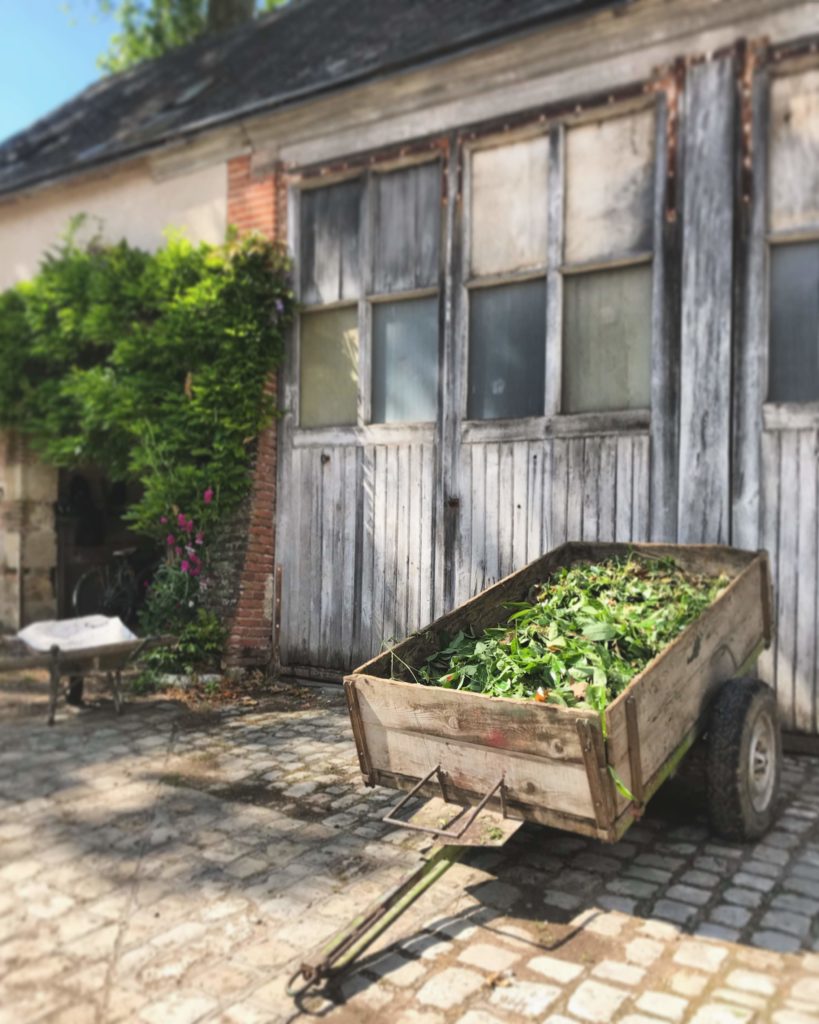
Château de la Fontaine 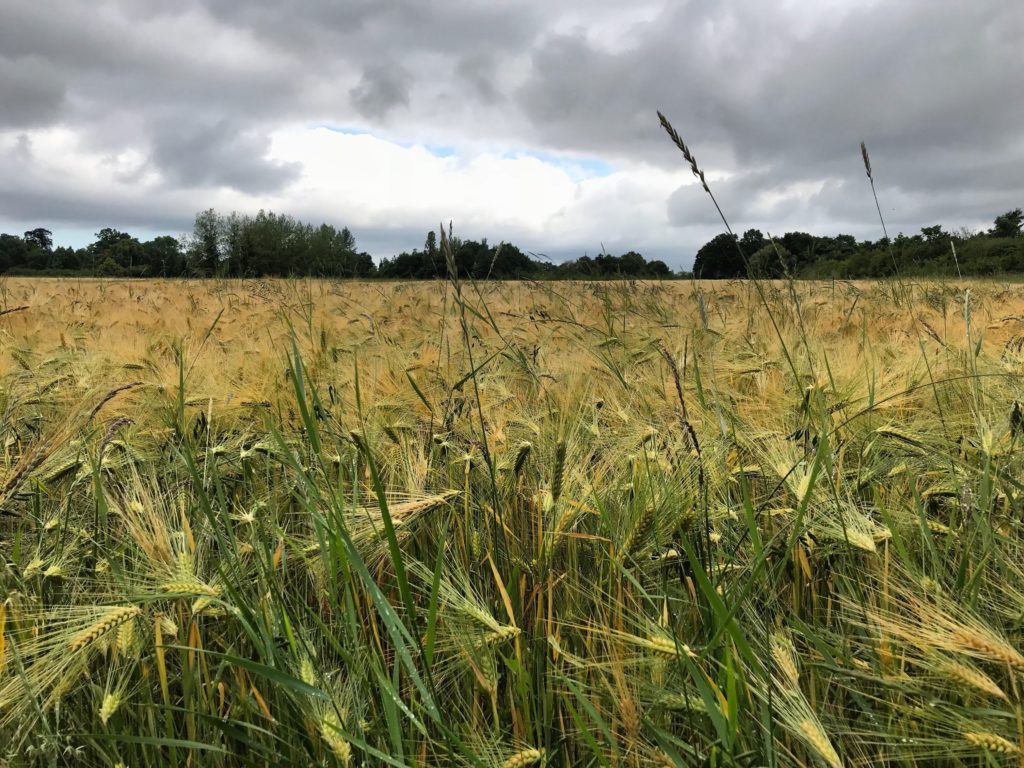
Château de la Fontaine
2. As you can see from the photos, the château is elegant and surrounded by wheat fields on the banks of the Loiret.
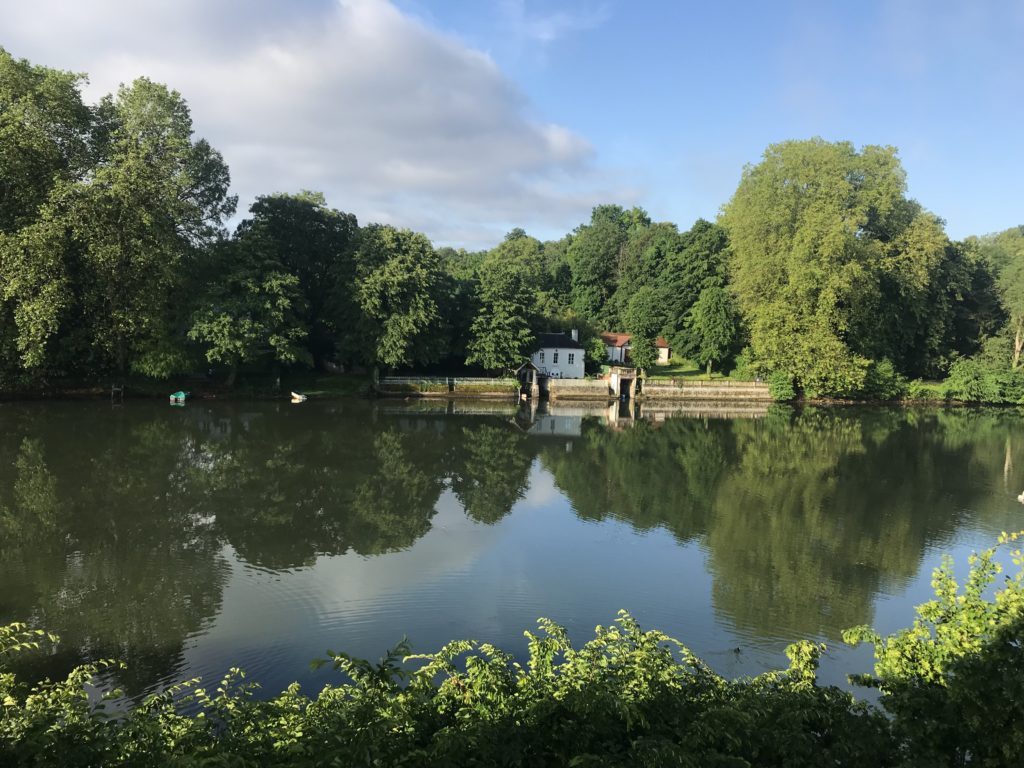
2. Although I have not visited them, it is also advisable to see them in the area: Château de Sully-sur-Loire, Château de Mez-le-Maréchal, Château de La Ferté Saint-Aubin, Château de Saint-Brisson-sur-Loire & Château de La Bussière.
In each of them I leave you the direct link in case you are interested in finding out more.